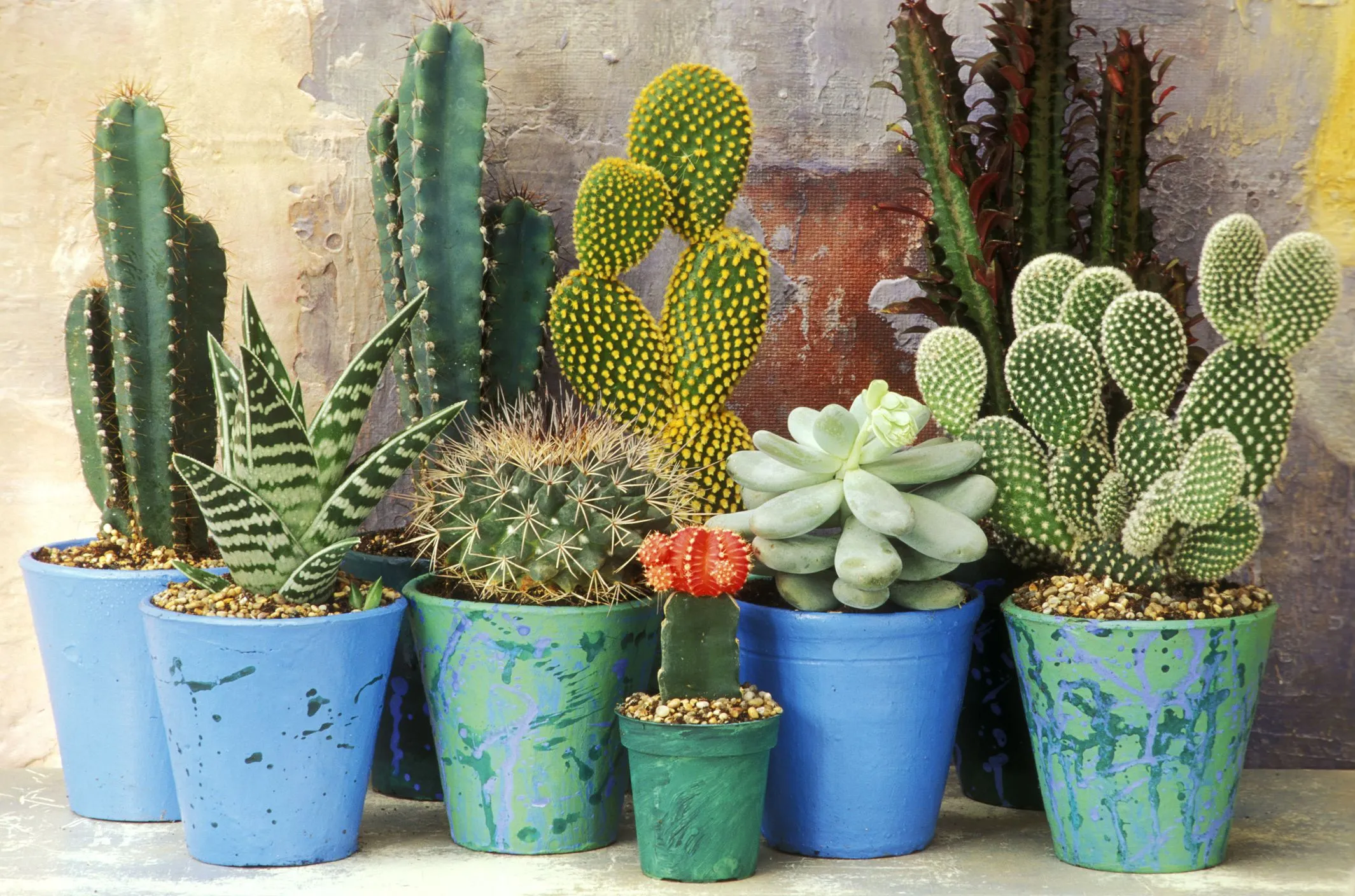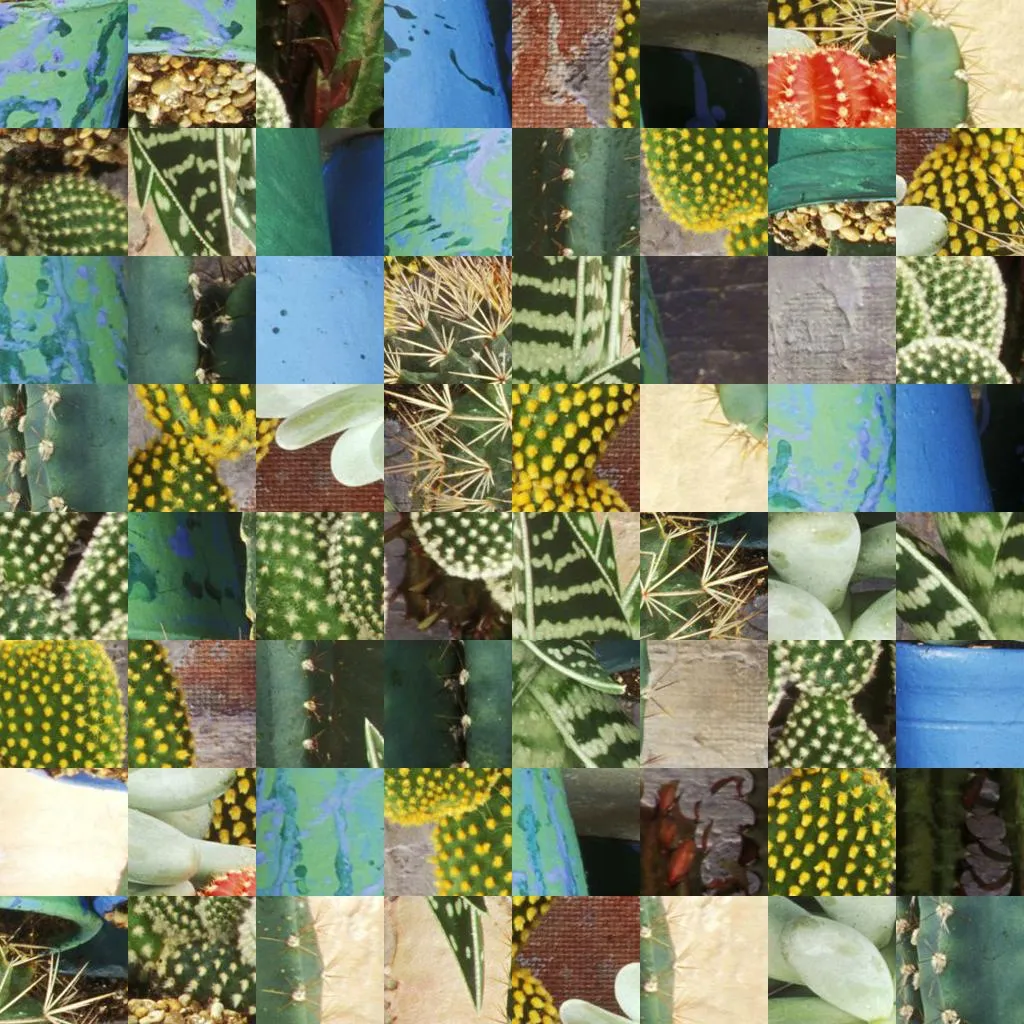我的训练图像是它们关联的高分辨率图像的缩小版本。因此,输入和输出图像的尺寸不同。目前,我使用一个手工制作的13张图片样本,但最终我想能够使用我的500多个高分辨率图像数据集。然而,这个数据集没有相同尺寸的图像,所以我猜我需要裁剪它们以获得统一的尺寸。
我目前设置了这个代码:它采取一堆512x512x3的图像,并应用一些变换来增强数据(翻转)。因此,我得到了39个基本的高分辨率图像,然后将它们缩小4倍,从而得到我的训练集,其中包含39个尺寸为128x128x3的图像。
我的问题是:在我的情况下,我能使用Keras提供的预处理工具吗?我想输入高质量的不同大小的图像,裁剪它们(而不是缩小它们)到512x512x3,并通过翻转等方式进行数据增强。减去平均值也是我想要实现的一部分。那个集合将代表我的验证集。
重新使用验证集,我想将所有图像缩小4倍,这将生成我的训练集。
然后可以适当地拆分这两个集以最终获得著名的X_train、Y_train、X_test和Y_test。
我只是对放弃我已经完成的迷你样本的预处理工作感到犹豫,但我在考虑是否可以通过一个单一的内置函数来完成所有工作,也许我应该试一下。
这是我的第一个ML项目,因此我不太了解Keras,文档也并不总是很清晰。我认为我正在使用大小不同的X和Y,也许这个函数不适用于我的项目。
谢谢! :)
我目前设置了这个代码:它采取一堆512x512x3的图像,并应用一些变换来增强数据(翻转)。因此,我得到了39个基本的高分辨率图像,然后将它们缩小4倍,从而得到我的训练集,其中包含39个尺寸为128x128x3的图像。
import numpy as np
from keras.preprocessing.image import ImageDataGenerator
import matplotlib.image as mpimg
import skimage
from skimage import transform
from constants import data_path
from constants import img_width
from constants import img_height
from model import setUpModel
def setUpImages():
train = []
finalTest = []
sample_amnt = 11
max_amnt = 13
# Extracting images (512x512)
for i in range(sample_amnt):
train.append(mpimg.imread(data_path + str(i) + '.jpg'))
for i in range(max_amnt-sample_amnt):
finalTest.append(mpimg.imread(data_path + str(i+sample_amnt) + '.jpg'))
# # TODO: https://keras.io/preprocessing/image/
# ImageDataGenerator(featurewise_center=False, samplewise_center=False, featurewise_std_normalization=False,
# samplewise_std_normalization=False, zca_whitening=False, zca_epsilon=1e-06, rotation_range=0,
# width_shift_range=0.0, height_shift_range=0.0, brightness_range=None, shear_range=0.0,
# zoom_range=0.0, channel_shift_range=0.0, fill_mode='nearest', cval=0.0, horizontal_flip=False,
# vertical_flip=False, rescale=None, preprocessing_function=None, data_format=None,
# validation_split=0.0, dtype=None)
# Augmenting data
trainData = dataAugmentation(train)
testData = dataAugmentation(finalTest)
setUpData(trainData, testData)
def setUpData(trainData, testData):
# print(type(trainData)) # <class 'numpy.ndarray'>
# print(len(trainData)) # 64
# print(type(trainData[0])) # <class 'numpy.ndarray'>
# print(trainData[0].shape) # (1400, 1400, 3)
# print(trainData[len(trainData)//2-1].shape) # (1400, 1400, 3)
# print(trainData[len(trainData)//2].shape) # (350, 350, 3)
# print(trainData[len(trainData)-1].shape) # (350, 350, 3)
# TODO: substract mean of all images to all images
# Separating the training data
Y_train = trainData[:len(trainData)//2] # First half is the unaltered data
X_train = trainData[len(trainData)//2:] # Second half is the deteriorated data
# Separating the testing data
Y_test = testData[:len(testData)//2] # First half is the unaltered data
X_test = testData[len(testData)//2:] # Second half is the deteriorated data
# Adjusting shapes for Keras input # TODO: make into a function ?
X_train = np.array([x for x in X_train])
Y_train = np.array([x for x in Y_train])
Y_test = np.array([x for x in Y_test])
X_test = np.array([x for x in X_test])
# # Sanity check: display four images (2x HR/LR)
# plt.figure(figsize=(10, 10))
# for i in range(2):
# plt.subplot(2, 2, i + 1)
# plt.imshow(Y_train[i], cmap=plt.cm.binary)
# for i in range(2):
# plt.subplot(2, 2, i + 1 + 2)
# plt.imshow(X_train[i], cmap=plt.cm.binary)
# plt.show()
setUpModel(X_train, Y_train, X_test, Y_test)
# TODO: possibly remove once Keras Preprocessing is integrated?
def dataAugmentation(dataToAugment):
print("Starting to augment data")
arrayToFill = []
# faster computation with values between 0 and 1 ?
dataToAugment = np.divide(dataToAugment, 255.)
# TODO: switch from RGB channels to CbCrY
# # TODO: Try GrayScale
# trainingData = np.array(
# [(cv2.cvtColor(np.uint8(x * 255), cv2.COLOR_BGR2GRAY) / 255).reshape(350, 350, 1) for x in trainingData])
# validateData = np.array(
# [(cv2.cvtColor(np.uint8(x * 255), cv2.COLOR_BGR2GRAY) / 255).reshape(1400, 1400, 1) for x in validateData])
# adding the normal images (8)
for i in range(len(dataToAugment)):
arrayToFill.append(dataToAugment[i])
# vertical axis flip (-> 16)
for i in range(len(arrayToFill)):
arrayToFill.append(np.fliplr(arrayToFill[i]))
# horizontal axis flip (-> 32)
for i in range(len(arrayToFill)):
arrayToFill.append(np.flipud(arrayToFill[i]))
# downsizing by scale of 4 (-> 64 images of 128x128x3)
for i in range(len(arrayToFill)):
arrayToFill.append(skimage.transform.resize(
arrayToFill[i],
(img_width/4, img_height/4),
mode='reflect',
anti_aliasing=True))
# # Sanity check: display the images
# plt.figure(figsize=(10, 10))
# for i in range(64):
# plt.subplot(8, 8, i + 1)
# plt.imshow(arrayToFill[i], cmap=plt.cm.binary)
# plt.show()
return np.array(arrayToFill)
我的问题是:在我的情况下,我能使用Keras提供的预处理工具吗?我想输入高质量的不同大小的图像,裁剪它们(而不是缩小它们)到512x512x3,并通过翻转等方式进行数据增强。减去平均值也是我想要实现的一部分。那个集合将代表我的验证集。
重新使用验证集,我想将所有图像缩小4倍,这将生成我的训练集。
然后可以适当地拆分这两个集以最终获得著名的X_train、Y_train、X_test和Y_test。
我只是对放弃我已经完成的迷你样本的预处理工作感到犹豫,但我在考虑是否可以通过一个单一的内置函数来完成所有工作,也许我应该试一下。
这是我的第一个ML项目,因此我不太了解Keras,文档也并不总是很清晰。我认为我正在使用大小不同的X和Y,也许这个函数不适用于我的项目。
谢谢! :)

